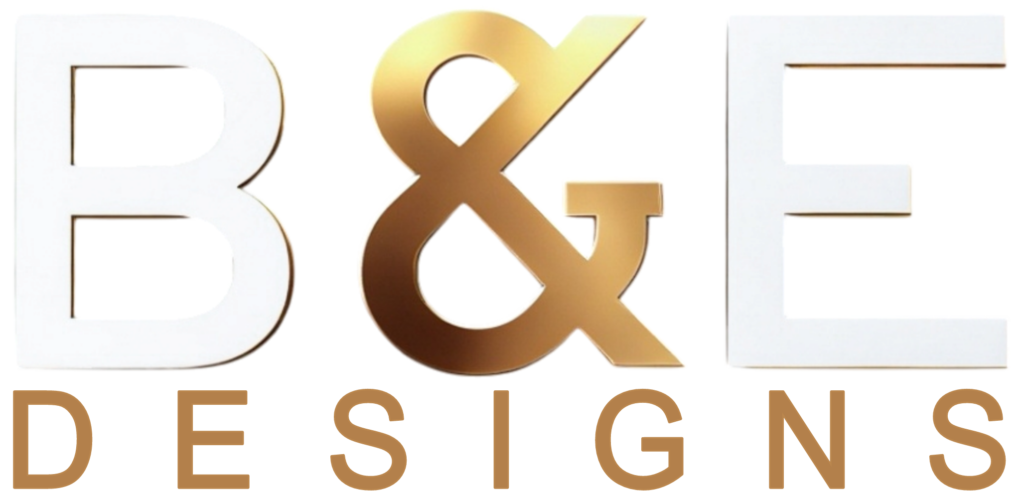
Step into modern day web design
The internet has come a long way since its inception, and so has web design. In 2025, websites are not just digital placeholders but dynamic experiences that reflect the ethos of a brand while catering to the ever-evolving needs of users. The art and science of modern web design involve creating functional, beautiful, and user-centered websites that are as engaging as they are effective.
So, what defines modern-day web design? Let’s explore the trends and best practices that are shaping the digital landscape today.
The Core Principles of Modern Web Design
-
User-Centered Design (UCD): Modern websites put users first. Understanding your audience’s needs, behaviors, and preferences is critical for creating a seamless experience.
-
Mobile-First Approach: With the majority of web traffic coming from mobile devices, responsive design is no longer optional. Designing for smaller screens first ensures a consistent experience across all devices.
-
Speed and Performance: Slow-loading websites are a thing of the past. Today, speed is a top priority, with developers optimizing everything from code to images for faster load times.
-
Accessibility: Inclusivity is key. Websites should be accessible to all users, including those with disabilities. This means adhering to WCAG (Web Content Accessibility Guidelines) standards.
-
Visual Hierarchy: Modern web designs use clean layouts, contrasting colors, and intentional spacing to guide users’ attention to important elements.
Top Web Design Trends in 2025
-
Dark Mode Dominance: Dark mode isn’t just a feature—it’s a design standard. With its sleek appearance and reduced strain on the eyes, dark mode continues to gain popularity. Websites are now offering toggle options for users to switch between light and dark modes seamlessly.
-
Neumorphism and Glassmorphism: Neumorphism combines the best of skeuomorphism and flat design, creating soft, 3D-like elements that feel tactile. Glassmorphism, on the other hand, uses frosted glass effects to create depth and elegance.
-
Minimalism with a Twist: The mantra “less is more” is alive and well, but minimalism has evolved. Designers are now incorporating bold typography, vibrant gradients, and asymmetrical layouts to add character to clean designs.
-
Interactive and Dynamic Elements: From micro-interactions (e.g., hover effects, button animations) to full-page transitions, interactivity is becoming a key component of engaging user experiences.
-
AI and Chatbot Integration: Websites are leveraging AI to personalize user experiences, offer tailored recommendations, and provide real-time support through chatbots.
-
Custom Illustrations and Animations: Illustrations and animations add personality to websites. Hand-drawn elements, 3D graphics, and motion effects are increasingly used to tell brand stories in unique ways.
-
Voice Search Optimization: With the rise of smart speakers and voice assistants, optimizing for voice search is becoming a critical aspect of web design and development.
Best Practices for Modern Web Design
-
Prioritize Usability:
-
Use intuitive navigation.
-
Keep call-to-action buttons clear and prominent.
-
Ensure forms are simple and user-friendly.
-
-
Optimize for SEO:
-
Implement structured data.
-
Use descriptive alt tags for images.
-
Focus on keyword-rich, high-quality content.
-
-
Focus on Branding:
-
Use consistent colors, typography, and imagery.
-
Ensure the design aligns with the brand’s values and identity.
-
-
Incorporate Analytics:
-
Use tools like Google Analytics to monitor user behavior and identify areas for improvement.
-
-
Test Rigorously:
-
Perform A/B testing to see what designs resonate best with your audience.
-
Regularly test for cross-browser and cross-device compatibility.
-
The Future of Web Design
As we look ahead, the boundaries of web design will continue to expand. Augmented Reality (AR), Virtual Reality (VR), and immersive 3D experiences are poised to become mainstream. Meanwhile, advancements in AI will make personalization more sophisticated, and sustainability will play a larger role in influencing design decisions.
Final Thoughts
Modern web design is about more than just aesthetics; it’s about creating meaningful, user-first experiences that align with technological advancements and user expectations. By staying attuned to trends and focusing on the core principles of usability, performance, and accessibility, brands can ensure their websites remain impactful and relevant in today’s digital-first world.
Are you ready to embrace the future of web design? Let your creativity and strategy guide the way!

